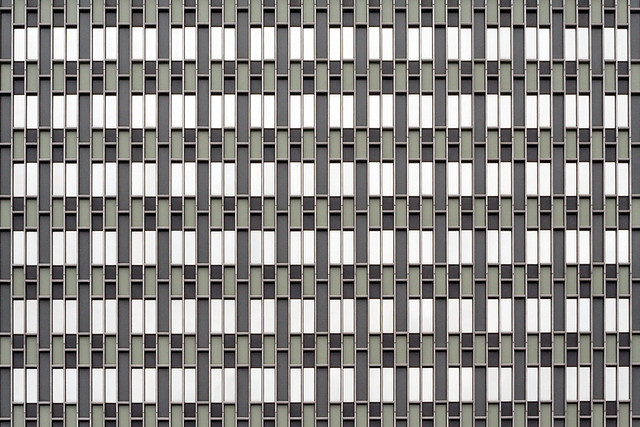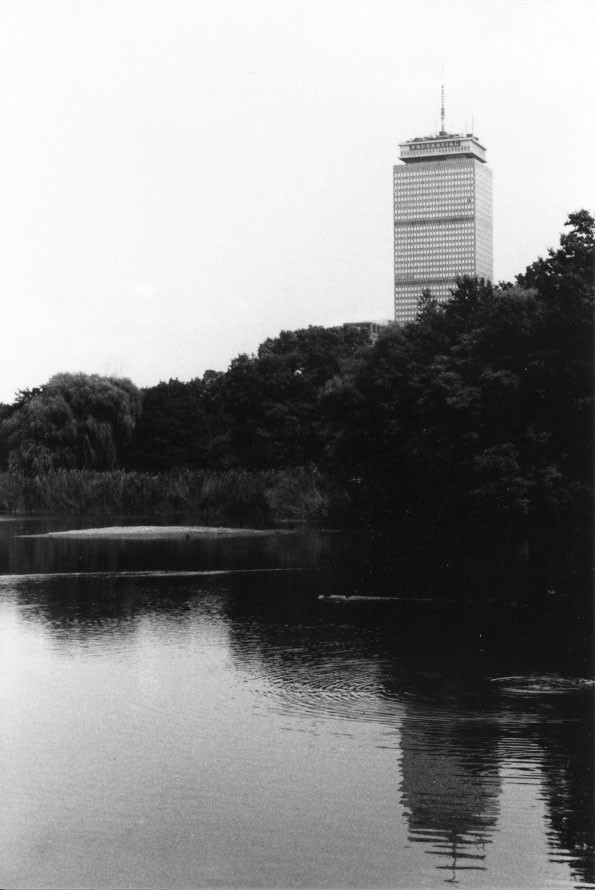Fanning out from its headquarters bounded by Vesey and Murray Streets, next to the World Financial Center and a block northwest of ever-rising ground zero, there is now a kind of Goldman village anchored by Goldman Alley, as the locals call the public passageway between Vesey and Murray that’s shielded by a tilted glass canopy.
via It’s a Goldman World in Battery Park City – NYTimes.com.
Tag: urban
U.S. population in cities growing faster than in suburbs – Let’s Rebalance Our Funding
Those who are following the resurgence of urban centers, this won’t be a surprise – the population in cities growing faster than in suburbs:
For all 51 metro areas with a million or more people, cities as a whole grew by 1.1% from 2010 to 2011, while suburbs increased 0.9%. That’s a big change from the last decade, in which suburbs expanded at triple the rate of cities.
“This can really be seen as a milestone,” said William Frey, a Brookings Institution demographer who analyzed the census data to be released Thursday. “What’s significant about it is that it’s pervasive across the country.”
via U.S. population in cities growing faster than in suburbs – latimes.com.
The Sacramento Area Council of Governments has an interesting white paper entitled Changing National Demographics and Demand for Housing Types which reinforces this larger trend:
Myers and SungHo Ryu argue [in Aging Baby Boomers and the Generational Housing Bubble: Foresight and Mitigation of an Epic Transition – ed.] that the future population and age structure will lead to differences between age and home buying and selling. The aging, retirement and lifestyle patterns of the 76 million baby boomers will likely shape U.S. housing markets and trends for decades ahead. They conclude that there will be an oversupply of homes offered for sale by aging baby boomers – many of which may not be of the housing type that young buyers want. The researchers raise the idea that where decline once occurred as housing moved from the central city to the suburbs, it may now be reversed as the suburbs will see surpluses of large-lot single-family housing.
The suburbs have long enjoyed subsidies many magnitudes greater than central cities, which is a travesty when you rank the productivity and economic output of denser central cities to suburbs. It isn’t even close according to the New York Fed in Management of Large City Regions: Designing Efficient Metropolitan Fiscal Policies:
Among the 363 MSAs [ed. what’s an MSA?] defined by OMB, just fifty had populations over one million. Yet the output of these fifty cities accounted for nearly two-thirds (65%) of national GDP of $11.5 trillion (in $2001).
I can’t talk about others whom champion cities, but I think there is a place for hyper dense cities such as Manhattan, merely dense cities such as Brooklyn or even Boston and the suburbs. But the fact that the suburbs are given subsidies over and above cities is just wrong from a moral point of view (unless you are buying land in West Virginia as future oceanfront property) but also from an economic point of view. Investing in multimodal transportation – high speed rail and local mass transit – not only makes sense from an economic viewpoint, but increases individual liberty by allowing people to chose to walk, take the train or buy and drive their personal car.
Bright Solutions from the Dark Age of Urban Planning
How the Prudential Center came to be – Bright Solutions from the Dark Age of Urban Planning:
Prudential, pursuing a course of corporate decentralization in the 1950s, settled on Boston as the location for its New England Regional headquarters, with plans for a signature tower. This was a bolder move than you’d expect, as Rubin’s engrossing account of the political and business climate in mid-20th-century Boston illustrates. At the time the tallest building in New England was in Hartford.
Ville Contemporaine, City for 3 Million – Le Corbusier

Ville Contemporaine was an unrealised project to house three million inhabitants composed of a centralized group of sixty-story cruciform skyscrapers built on steel frames and encased in curtain walls of glass. Also see Le Corbusier and La Ville Radieuse.
Isolated Capital Cities robustly linked to Increased Corruption

Living in New York City I’ve never been to where the state government is located: Albany; I can count on one hand my friends who have been to Albany. It is fairly clear that Albany has no clue, or care, about the needs of New York City, cf., denying the city the right to police bus lanes using video cameras, denying the city the ability to raise money and regulate automobile usage in Manhattan’s urban core through the implementation of a congestion charge, and on, and on; to the point that I’ve agitated, in half-jest, for partition creating a separate state for New York City.
So it comes as no surprise that a 2012 research paper from the Harvard Kennedy School and Singapore Management University entitled Isolated Capital Cities, Accountability and Corruption: Evidence from U.S. States
(PDF) makes the case that US State capital cities are robustly associated with greater levels of corruption. Their findings:
- There is a strong
empirical connection between isolated capital cities and greater levels of corruption across U.S. states.
Holding avery robust connection… with different measures of corruption, and different measures of the degree of isolation of the capital city.
- There is more money in state-level political campaigns in states with isolated capitals.
- Newspapers provide greater coverage of state politics when their audiences are more concentrated around the capital. Greater media coverage is most strongly associated with lower levels of corruption, and capital cities that have weaker newspaper coverage tend to have higher levels of corruption.
- Voter turnout in state elections is greater in places that are closer to the capital.
Isolated capitals are often smaller than the cities which drive the economy:
- Albany and New York City;
- Sacrament and San Francisco & Los Angeles;
- Springfield and Chicago;
- Tallahassee and Miami
Which means that voter turnout in those states are lower. Furthermore, the authors find the following conclusion:
We have explored the connections between the spatial distribution of population, accountability and corruption, in the context of US states. We first established the stylized fact that isolated capital cities are associated with greater levels of corruption. This holds true for different measures of the isolation of the capital, and of corruption.
We also saw evidence that state politicians tend to get more money from campaign contributions in states with isolated capitals, belying the fear that having the capital in a major economic center would lead to a greater risk of capture of state politics by economic interests – and consistent with the idea that lower levels of accountability in isolated capitals would actually increase that risk.
From a policy perspective, in particular, one is led to conclude that extra vigilance might be needed, when it comes to polities with isolated capital cities, in order to counteract their tendency towards reduced accountability.
30 Minutes on Mass Transit in 20 World Cities
These blobs represent the extent that you’d be able to travel on public transit in 30 minutes. The 20 maps below were made by Mapnificent, a new website created by Stefan Wehrmeyer that suck in Google Maps-friendly transit data to show just how much of the city you can cover in however much time you want to spend. A handy slider allows you to change your allotted time, and your starting point can be anywhere on the map.
via 30 Minutes on Mass Transit in 20 World Cities – Commute – The Atlantic Cities.
Florence
The Fauxtopias of Detroit’s Suburbs
Starting with a painstaking replica of his childhood farm built on a plot of land not far from his Dearborn estate, Ford created what has since grown into a major regional tourist-attraction called Greenfield Village. Today 1.5-million people annually visit this place which boasts the world’s largest concentration of historical buildings moved from their original locations to a new site. Today, there are nearly 100 historical buildings “preserved” in the walled 240-acre compound, many of them chosen and situated to represent a typical American village somewhere between 1870 and 1910. There’s a town square, a courthouse (where young Abe Lincoln practiced law), a general store, and a chapel. Seersuckered historical interpretors as friendly as Mormon missionaries prowl the streets in straw hats, pouncing on unsuspecting tourists:
It’s a living diorama of nostalgia. Visiting Greenfield Village is like wandering through Mitch Albom’s cloying fantasy of “the good old days.” If you don’t watch out, you might get serenaded by an impromptu BARBERSHOP SEXTET.
Peter Saville : “If Your Place Needs a Slogan, It Has a Problem”
I was not interested in an official city logotype or a slogan. City logotypes do little and slogans are a sign of insecurity. If your place needs a slogan, it has a problem. A brand is not just a logotype, it’s a set of values that are communicated through actions.







